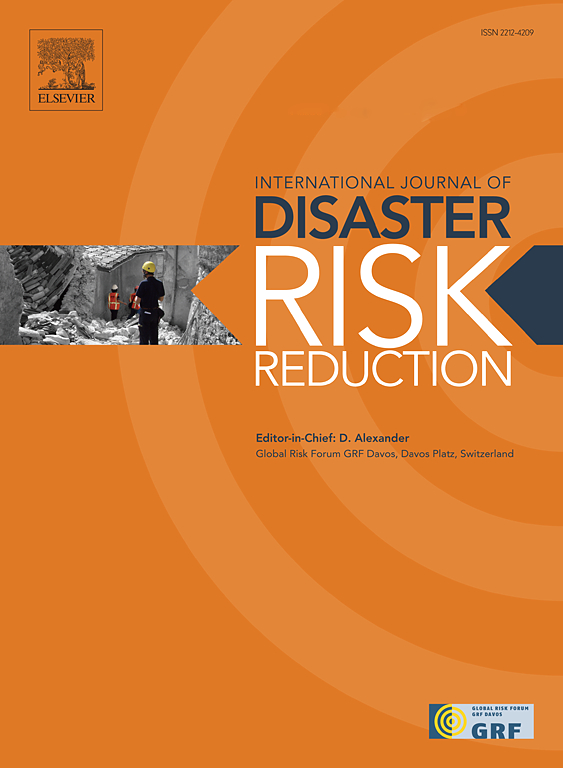Catastrophic tailings dam failures and disaster risk disclosure
The global mining industry produces billions of tonnes of mine tailings each year. This slurry of waste material is often contained in dams, which are among some of the world’s largest engineered structures. Several recent and catastrophic tailings dam disasters bring the complex interaction between a mine and its local operating context into plain sight. The absence of public, timely, multi-scalar information about the multiple dimensions of this interaction is a normalised feature in the management of tailings dams. This article highlights the importance of establishing and sharing diverse knowledge about tailings dam disaster risk. We argue that the assessment and disclosure of “situated” disaster risk ought to be prioritised; that is, the combined risk of a hazard bearing structure situated within a local context with inherent vulnerabilities. We present a method for examining situated disaster risk of tailings dams by utilising Environmental, Social and Governance (ESG) indicators to screen for risk across eight categories: waste, water, biodiversity, land uses, indigenous peoples’ lands, social vulnerability, political fragility, and approval and permitting. Applied to a global sample of operating mines, the method shows disaster risk potential of existing tailings dams globally. Future application could be used to generate a more complete inventory that includes both established and newly constructed facilities.
Language: English
Publisher: International Journal of Disaster Risk Reduction
Region: Global
Type: Article
CITATION
Owen, J. R., Kemp, D., Lèbre, E., Svobodova, K. and Pérez Murillo, G. (2020). Catastrophic tailings dam failures and disaster risk disclosure. International Journal of Disaster Risk Reduction (42) 101361.

